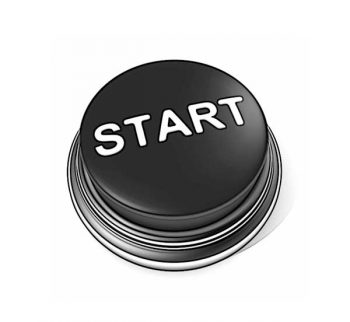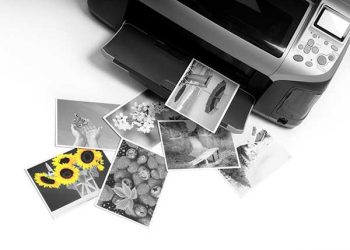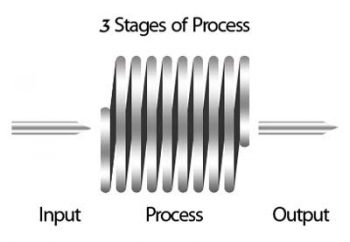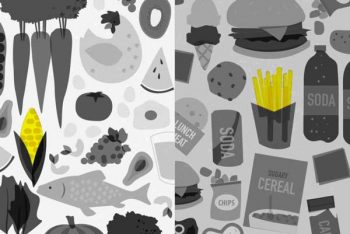Results-orientation or the test of time
On this website’s home page I have stated that Quality Assurance is people, it is a process, and it is an approach. I’ll say it again: people, process and an approach – not a result.
So far I have spoken mostly about the people and the approach, and haven’t really touched on the process part at all. Today I would like to discuss processes.
What type of process are we talking about?
As a matter of fact – any process you can think of. Yes, any process at all. Naturally, amongst them, the organizational and technological processes at organizations, plants and factories. This is where most of you are coming from, and this is where most of Quality Assurance effort is made.

I would like to bring for your consideration the following process model, in order to better understand from the inside out how processes are made and what one should do in order to successfully change their results.
Lately we hear too often people talk universally about being results-oriented. Everybody and their sister, from school teachers to seasoned politicians it is used all over. It appears to be a sort of fashion, being results-oriented. But what does that actually mean? Does it make any sense at all or do we just abuse the words and strive for something which doesn’t even exist? Or even goes against the laws of the Universe?
To answer these questions let’s reverse the order and first consider –
What is a result?
I am certain you will agree with my saying that the result is the last stage, and if we are discussing results then there must be some sort of process bringing them about in the first place.
In every process in nature, in every process in the world at all, we may clearly identify three “large” stages, each of which may then be further broken down into sub-stages, according to the process’ complexity. It is the main three stages, however, that are of interest to us now. What are these three stages?
First stage – process Input
If it is a process of baking a cake, for example, then the process inputs will be the ingredients, the oven, the baker’s skill, the recipe etc.
In a technological manufacturing process the input stage would include process planning, product design, raw materials, environmental conditions, machines used for manufacturing and the people operating the whole thing.
In a psychological or spiritual process it would be our thought and emotions, our mental state, our philosophy, our belief system.
In a physiological or health-related process the input shall include the person’s age, marital status, ethnic origin, lifestyle, genetics, nutrition, the water he drinks, the air he breathes, the environment where he spends his days, etc.


The second stage – the process itself, actions
These are the activities performed on the above input, the actions we take in order to transform them into something else.
So in the process of baking a cake these would include mixing the ingredients, whipping, food processor, warming or cooling, baking temperature and time, etc.
In the technological manufacturing process at a factory it would span all the operations we engage in during the manufacturing process, whether it’s soldering, assembly, painting, injection, pressing, milling, packaging, storing, moving… all the actions done on the same input we identified earlier.
In a psychological or spiritual process this would be the action we take (or avoid taking), the choices we make.
In the physiological or health process this would be the functions our bodies perform, or do not perform, with the above input, be it digestion, breathing, blood circulation, toxin removal… The everyday function we take for granted, unless some problem arises, bothering us.
And lastly, the third stage – result, the output
In the baking process it is the cake.
In the technological manufacturing process at a factory this is the product and its conformity or non-conformity to specification, or, as we like to say, its Quality or lack thereof.
In the psychological or spiritual process – the achievements we can perceive that we made, the realization of our dream or failure to realize it.
In the physiological or health process – the state of our health, our diseases, or rather, their symptoms (or absence of symptoms), our energy level, vitality, mood.
This is therefore the process model, and it is familiar to you, even though most of you have probably never considered it in the context of your thoughts or your current state of health.

Let’s go back and view the result
The result, as already stated, is the third and final stage of the process, and it is completely dependent on the preceding two.
Let’s take another example, of a growth process: the input is the seeds, soil, light, water, fertilizer, weather, location, knowledge level of the farmer. The process is nurture and care, fertilizing and watering, protection from wind and direct sun, weeding, pest control. And the result is the mature plant with fruits on it one can harvest and eat. This simple truth has withstood the test of time since the dawn of history, but lately we have gotten do caught up in the speed of our super-modern super-fast life that we forgot it.
Have you ever planted something with a young child? You plant a bulb, cover it with soil, talk about the expectations of what would happen and when, explain the process… and the next morning there he is, digging the bulb back up to see what has occurred. The child is disappointed when there is no visible result. He has no patience for all the nurture and care thing, and time is a concept too incomprehensible at that age. A week, a month, a year seem to him to equally last an eternity.
Nurture, care and time
One of the major problems of the world today is that we are not prepared to invest in the nurture and care. Like that child we want to skip over all the stages straight to the result, right now. This minute.
Yesterday we did not eat those potato chips and fast food, and even went for a walk around the block. And here we are today, stepping on the bedroom scales and feeling disappointed that no reflection of all that great sacrifice and effort is manifested in our weight.
And the conclusion? Oh well, it doesn’t work. Been there, done that. Not for me. No result.

Result of which process?
We wouldn’t change the way we think, feel, act, eat. We wouldn’t change our action or lack of action. Which constitute the input and the process. Regardless, we expect the results to change.
At organizations and plants we wouldn’t change a thing about the technological processes, procedures or their inputs (the organizational processes, the purchased raw materials, the people operating it all). Still, we expect constant improvement, that is – changes in results.
This is the eternal reason for the ever-present question the managers ask at the sight of a non-conformance: “What has changed?”
But that’s exactly it: without methodical changes made in the input and process – it would be impossible to tell what has changed, and therefore just as impossible to make an improvement of any real significance. The variance would be random, and therefore unpredictable and uncontrollable. So what’s the use of talking about results?
Everyone is “result-oriented”, all focused on the effort to change it, while at the same time have everything else remain the same (the input and the process). To eat the cake and keep it whole, too. We measure the result, we analyze the result and we strive to influence the result directly… and marvel why we keep working “full gas in neutral”, as people say here. Threading water. Totally useless pastime.
The result is just the result. It is a symptom. To change it in a significant and not random fashion it must happen as a result of controlled change of the input and the process, and this is, in turn, a process as well. It is not made in a day.
Let us cease being result-oriented, because it takes us nowhere. We must focus instead on the input and the process. If these are good – the probability of good results is immeasurably higher. Otherwise – the probability that the change will be random, non-repeatable and temporary is 100%. Let’s shift our focus from the test by results to test of time.
And I will risk repeating myself again by saying this is true for every process in nature, in all aspects of life.
So do you think your changes will stand the test of time?
This post is available also in:
 עברית
עברית
You may also find interesting:
Powered by Contextual Related Posts













